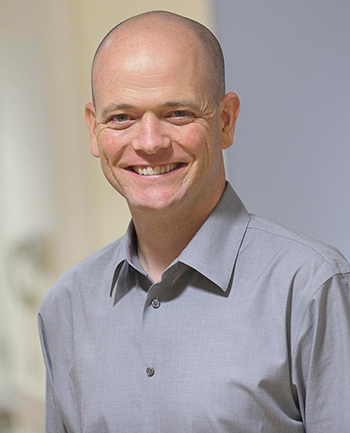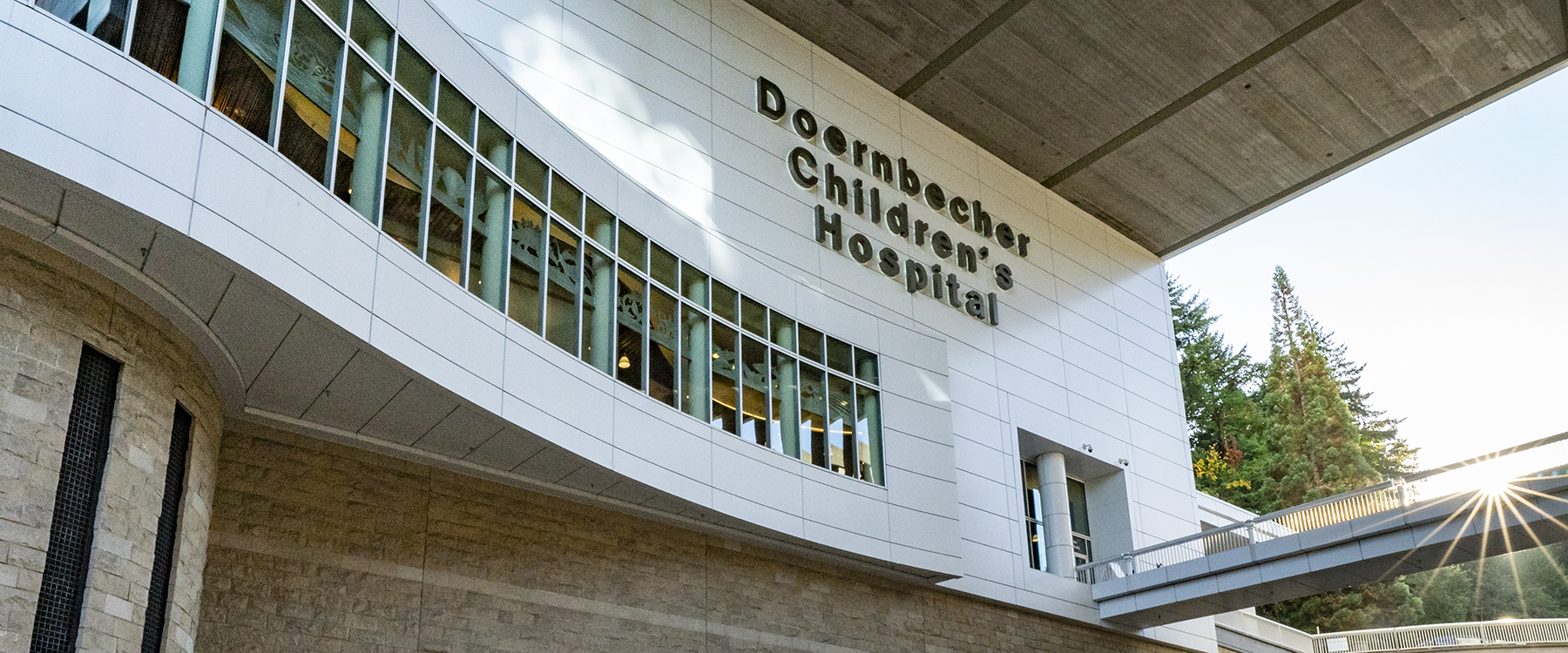
Stephen Roberts, M.D., is the new division head for pediatric hematology and oncology at OHSU Doernbecher Children’s Hospital.
But he is not new to OHSU. He completed his fellowship training at Doernbecher as one of the first fellows funded by the Kiwanis Doernbecher Children’s Cancer Program. After serving eight years in the U.S. Army and working at Memorial Sloan Kettering Cancer Center in New York City for 11 years, Roberts has returned to OHSU to pursue his passion for improving care for children with cancer. In his new role, he also serves as the associate director of the Knight Cancer Institute for pediatric oncology. His laboratory research focused on understanding how neuroblastoma develops, with the goal of identifying new and less toxic ways to treat the disease.
We asked Roberts four questions about his work.
How has the outlook improved for pediatric cancer patients over the last few decades? Why has it improved?
This is one of the best untold stories in medicine! We have made amazing progress. Acute lymphoblastic leukemia, the most common cancer in childhood, used to be 100% fatal. Today, we cure over 90% of these kids. This was due entirely to clinical research efforts conducted throughout the country. Because childhood cancers are, thankfully, rare diseases, it requires children’s hospitals to work together to conduct research studies. These cooperative trials, each one building on the last, conducted at hundreds of hospitals around the country, has led to these impressive improvements.
What are you excited and/or hopeful about, in terms of new research and insights into pediatric blood cancer and disorders?
Unfortunately, while certain leukemias are curable over 90% of the time, there are other tumors where we still have a long way to go. However, the technological revolution that is on-going in cancer biology is completely changing how we can study and begin to understand these difficult-to-treat tumors. I am really excited about the new targeted therapies emerging from this research. Drugs that actually go after the underlying genetic problem in the cancer cells, rather than just killing everything in its path like conventional chemotherapy. These are exciting times in cancer research.
What steps can we take to protect young patients from side effects from treatment later in life?
This is such an important issue and we really need to improve on this. The toxicities of our current treatments can be really devastating, and yet we are making progress. There are some new treatments that we believe can help protect normal cells from the damaging effects of treatment, while still allowing the treatment to kill the cancer. One new drug, sodium thiosulfate, was recently FDA-approved to prevent hearing loss from chemotherapy — several of our pediatric oncologists here were very involved in the studies that led to that approval. And as we develop more targeted therapies, I am optimistic that we will continue to decrease the long-term treatment side effects seen in our patients.
How does Doernbecher’s team of specialists stand out, and what special role do they play in the region?
We are the only pediatric academic medical center in the state of Oregon, and the only comprehensive pediatric hematology and oncology program serving Oregon and SW Washington. We provide critical services to our patients that are simply not available anywhere else in the region.




